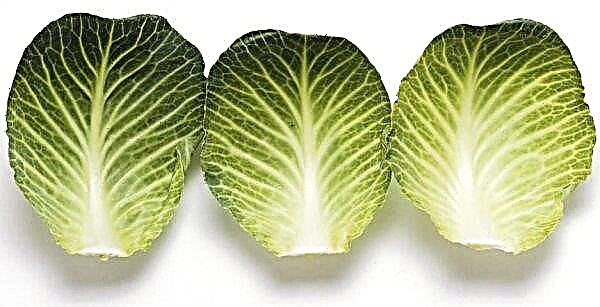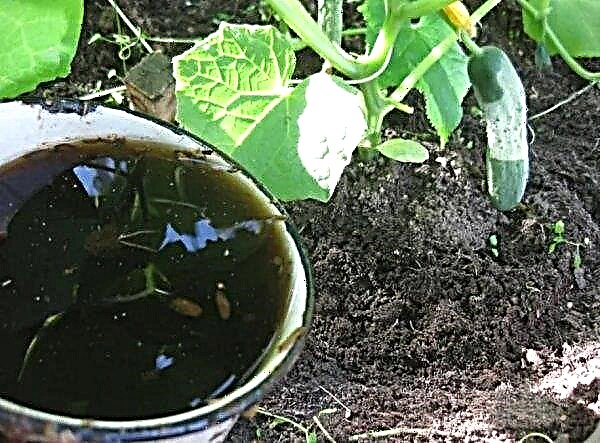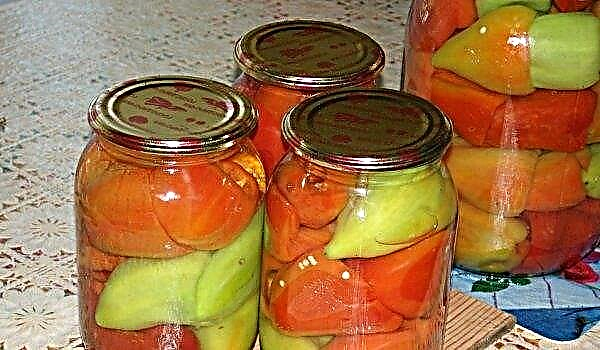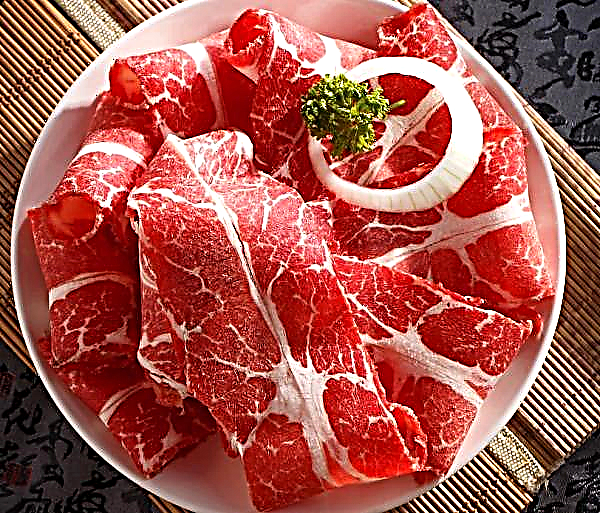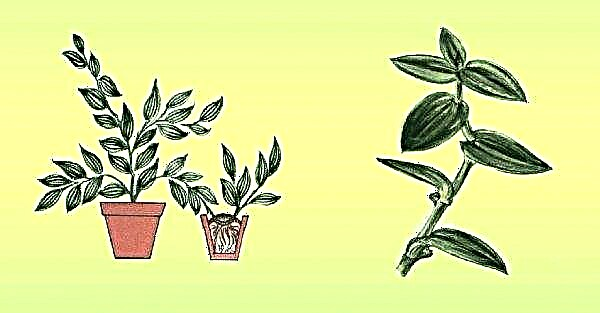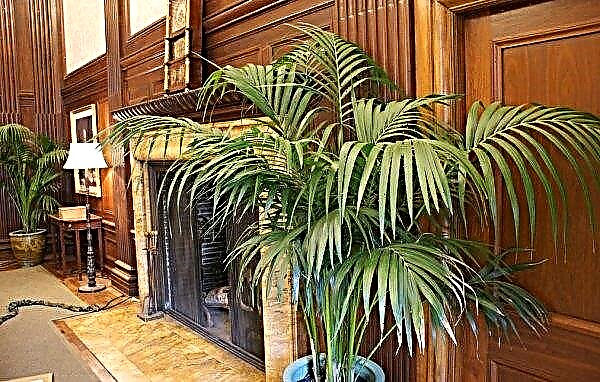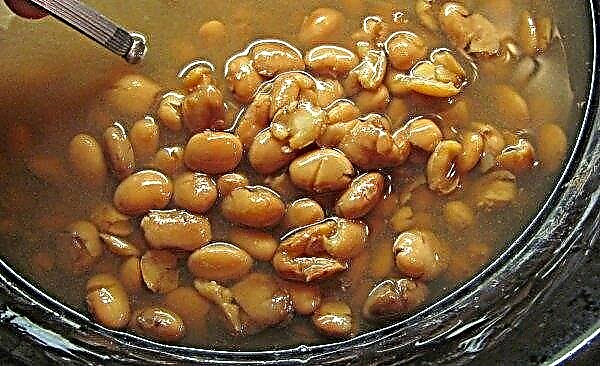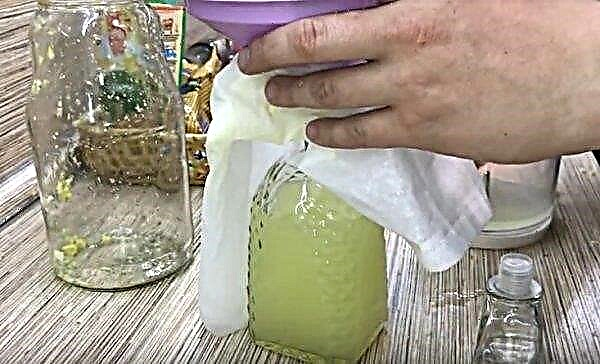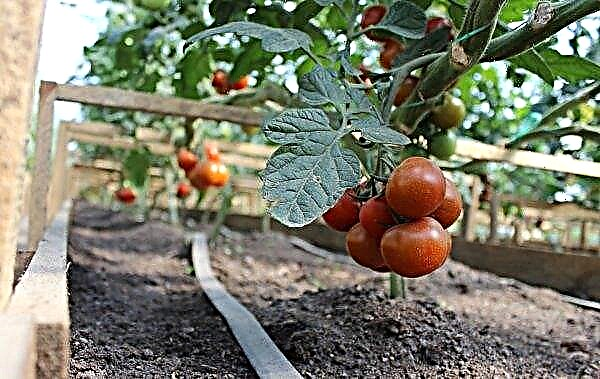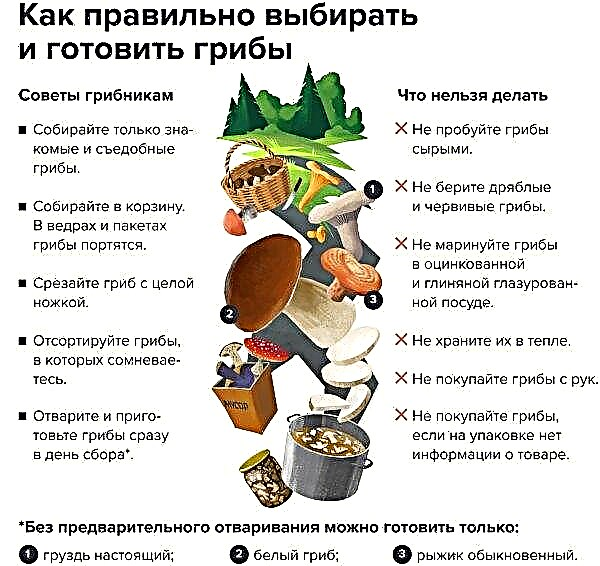If you decided to create a pond with plants and carps in a private garden plot, then to complete the task you need to study in detail all the stages of work, draw up a sketch, estimate and calculate the approximate time for making a dream come true. The information below will help you with this. Unlike the pool, the pond is filled with plants, animals that breed independently and create a natural environment. It is important that this object becomes a design element, a facility for fish farming, fishing and a small business.
Varieties of fish ponds
In order to start creating a home-made pond for fish farming, you need to focus on a certain form of it.
Depending on the material, artificial reservoirs are:
- Concrete. The most durable and time-consuming type of structure, which involves the creation of a concrete base.
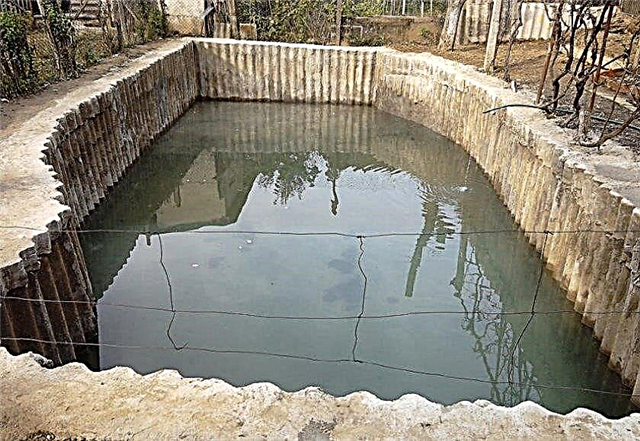
- Membrane. The base is covered with film or rubber. Depending on its thickness and manufacturer, the service life can range from 10 to 90 years.

- Unclad. Valid in places with a spring, river, swamp. The walls and bottom of the bowl are coated with clay and turf.

How to choose the right place and size for the pond
The choice of location for a pond in a summer cottage is a crucial stage. Preferably - a quiet corner in a fairly lit place. In this case, the shadow should be present at least a few hours a day. Deciduous trees are not the best “neighbors”, because their roots can damage the bowl, and fallen leaves will clog the water. The pond should not be located at the bottom of the site. There is a possibility of sewage entering it. Also, do not place it on rocky terrain.
Important! The optimum depth of the pond sector for wintering fish is at least 3 m.
Depending on the species and the planned number of inhabitants, the depth of the pond can range from 1.5 to 3 m. The bowl should contain areas with shallow water (the height of the water layer is 15–40 cm), a deep hole in the central part, bathing areas and vegetation.
The area of such a reservoir should be more than 10 m, and the depth - more than 1 m. In smaller reservoirs, its inhabitants will not be able to winter.

Necessary tools and materials
To create a body of water, you will need a shovel or mini digger to dig. It all depends on the amount of soil seized. You should also take care of the presence of cars.
Did you know? Protopter lives in Africa (the central part of the continent) - an amazing fish that, during particularly dry periods, is buried in silt. Therefore, local residents go fishing not with fishing rods, but with shovels.
From the materials you should purchase:
- sand;
- cement;
- hydromembrane;
- geotextiles;
- stones
- crushed stone;
- pebbles;
- plants.

Creation technology
To build a pond, you need to design it and think through the design. Creating a reservoir should be carried out in stages, following the step by step instructions:
- Choose a place, calculate the size of the pond and draw contours on the ground.
- Dig a pit with artificial rifts for wintering fish. Use part of the land to strengthen the coastline, and take out the rest.
- If the bottom contains stones in its structure, it is necessary to dig them and level the base with sand.
- Cover the pond with a layer of geotextile with a density of 250-300 g / m². Fix its edges with metal brackets to the ground.
- Lay a membrane film on top. It should go beyond the line of the future reservoir by no less than 0.5 m. Spread it over the bowl and fix along the edge with brackets to the soil.
- Decorate the side walls of the bowl with stones and pebbles planted on the cement mortar. The base under the stones must be laid with geotextiles. It will pull water from the pond, which will allow moisture-loving plants to grow well.
- Install water and aeration systems.
- Provide a mechanism for filtering water and cleaning the pond so that its residents do not get poisoned by the discharge that will accumulate at the bottom.
- Arrange the installation of a drain pipe in case of excess water.
- Plant plants along the edge of the pond.
- Fill the pond with water and run the inhabitants.
Video: How to make a pond - a pond on the site
The choice of water supply and sanitation
For the water supply system of the reservoir requires technical equipment:
- pump;
- pipes;
- filtering systems;
- electrical cable.
Treatment systems can be based on a mechanical, chemical or biological filtration method.
- Skimmer - a device for cleaning the surface of the water surface mechanically. He directs the garbage collected from the surface into a special compartment.
- Underwater filter - a mechanical cleaning device located in a pond.
- Outdoor filter - a mechanical water purification device located outside the bowl.
- Biological filtration is an important component in water treatment. Bacteria live on the bioplate, which remove ammonia from the water, turning it into nitrites. Then, with the help of other bacteria, these compounds are converted into nitrates, and then processed by plants. So goes the nitrogen cycle in nature. Water is purified from ammonia and becomes suitable for the development of fish.
- Chemical filtration is carried out using adsorbents. The content of tar or coal in them leads to the removal of organic and inorganic substances.

Water change
So that the pond does not look like a puddle, a constant current must circulate in it. The pond water system can be of several types.
- Closed loop. It is carried out thanks to modern equipment: pumps, filters, sterilizers.
- River. Water moves through the supply channel into the bowl and flows through the drain channel. For fish farming this is the most acceptable option.
- Spring. Unlike river water, it does not contain plankton for fish feed. Therefore, the flow occurs through daphnia pits. These are small recesses in which daphnia are bred. As a result of the current, they fall into the pond and serve as food for its inhabitants.
- Atmospheric. It is filled with meltwater and precipitation.
Did you know? Sailing fish is considered the fastest, it has a speed of 100 km / h. The slowest is a seahorse.
Drainage
A drainage system is necessary to keep the water level in the pond at a constant level. With an excess of moisture after rain, water should not overflow, acidifying the soil and flooding the plants. For this purpose, an absorbing well, a slurry, is made at the bottom of the site. This is a pit with a volume of at least 1 m³. It is filled with brick, gravel.
 System pond - drainage well: 1 - pond; 2 - overflow pipe; 3 - drainage well.
System pond - drainage well: 1 - pond; 2 - overflow pipe; 3 - drainage well.
The pond and the well are connected by a pipe through which water enters the well. So that during the rain, dirt from the entire area does not fall into the pond, it is worth making drainage ditches around the reservoir. Water from them is diverted into the drainage pit. It is better to decorate the drainage trench with pebbles glued to the cement mortar, or fill it with gravel.
How to breed fish in the country
To breed fish, it is necessary to create an ecosystem in the pond, which would facilitate the growth and reproduction of aquatic inhabitants.
For the viability of fish in a reservoir, it is necessary to create the conditions:
- feed base;
- lack of organic and chemical pollution;
- necessary oxygen saturation;
- acidity of the medium - not less than 7 pH units;
- optimal dimensions.

When placing fish in a domestic pond, it is necessary that the temperature values of water in an open reservoir and in a container for transportation are comparable. To do this, the latter are immersed in a pond for a while - to establish temperature equilibrium.
Before you populate them, you need to ask about the lifestyle of each species and the necessary food. For example, crucian carp lives at the bottom, a goldfish is slow and slow, a veiltail or telescope lives in the upper horizons, so it can easily become the prey of cats and dogs. A certain number of individuals corresponds to the desired volume of water. It should be based on the calculation - 50 liters per 1 specimen up to 15 cm long.
Important! Acclimatization of launched fish should be carried out gradually - 1–1,5°C per hour. With a temperature difference of 3-4°With in the pond and during transportation, released fish can get a shock and die.
The depth of the reservoir has an important role in breeding fish. In deep ponds, fish hibernate better and tolerate heat more easily in summer. For breeding use those species that grow quickly and efficiently consume feed. Carp and common carp are highly productive; crucian carp is unproductive. Feeding fish is another important point in its breeding.
Depending on the method of growing, they distinguish:
- Extensive method. It is carried out without feeding in natural conditions. Low cost, but possible in large ponds.
- Intensive method. Provides for periodic feeding of fish.
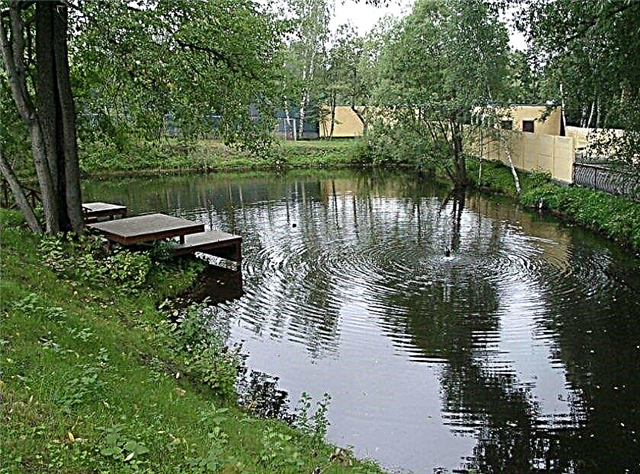
In summer, intensive lure should not be carried out, but in autumn and spring, when residents of the pond need strength, lure should be increased. At a temperature of + 5 ° C and lower it is not worth feeding at all, as the fish hibernate. In autumn and spring, complementary foods are carried out once a day. Nutrient formulations are best bought in specialized stores.
Creating an artificial pond in the country is an interesting and not very difficult process. It is important to take into account the advice of specialists and choose the right site, materials, and gradually carry out work on its construction. In addition, it is necessary to create conditions as close to natural as possible, then the fish will grow and multiply productively.




